Blog

Marketing is undergoing the most significant strategic shift in decades. For the first time, 61% of CMOs report that their function is now seen as a profit center, not a cost center. This isn’t a superficial reframing or a finance-led reclassification. It’s a fundamental redefinition of marketing’s contribution to enterprise value and long-term growth.
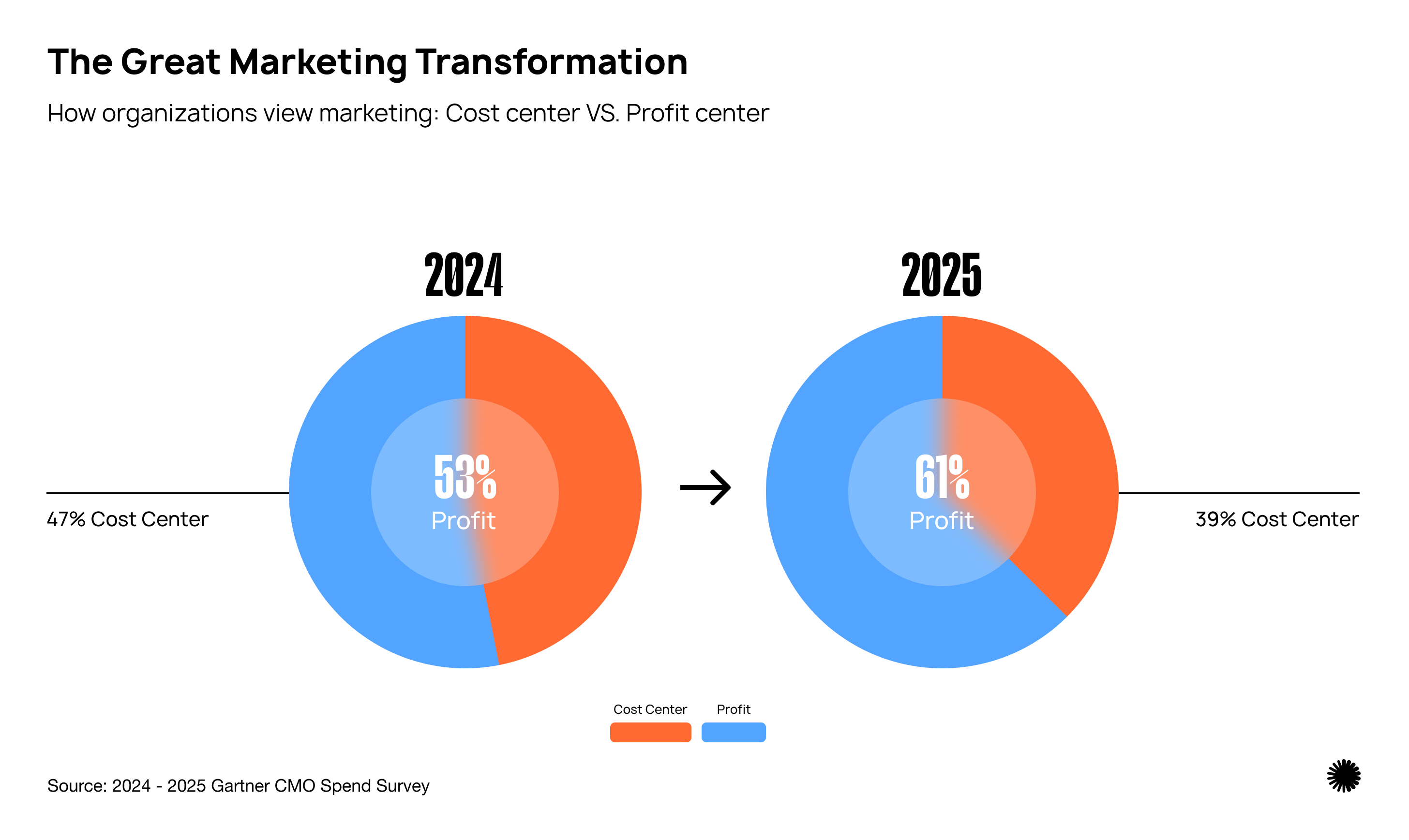
The Accountability Challenge
But here's the challenge: Being seen as a proft center means being held to profit centert standarts. Every investment needs clear ROI. Every campaign needs measurable business impact. Every brand decision needs financial justification.
The age of soft metrics is rapidly being replaced by a new era of performance-driven marketing. Brand awareness, engagement rates, and share of voice are no longer enough to justify marketing investments at the executive level. Today’s CMOs are expected to show clear, defensible connections between brand initiatives and business outcomes, such as revenue, profitability, and retention.
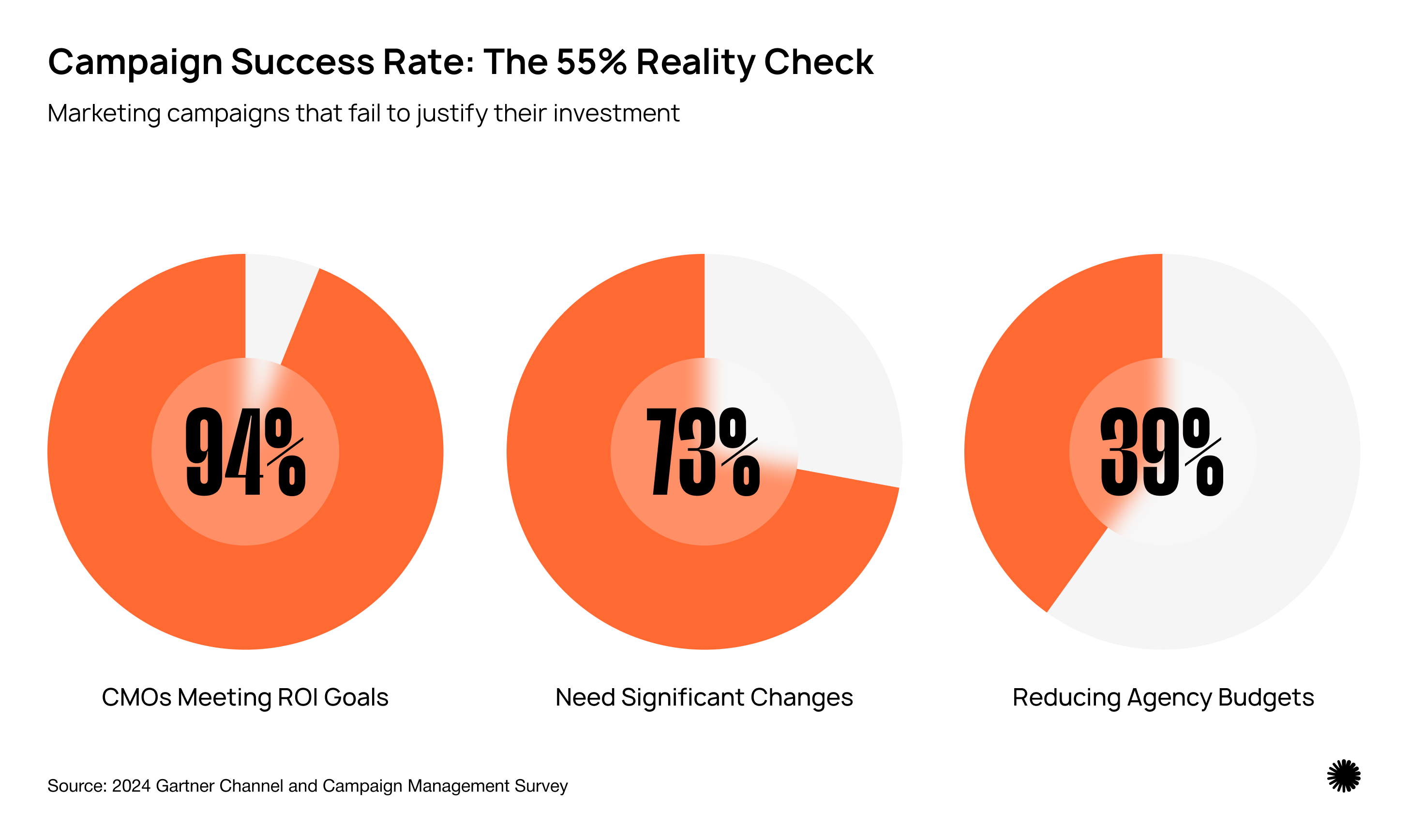
Nearly every CMO agrees that brand consistency influences performance, but few can prove it quantitatively. Multiple studies confirm that consistent brand presentation can increase revenue by up to 23%, yet most organizations still struggle to draw a direct line between their brand investments and tangible business results.
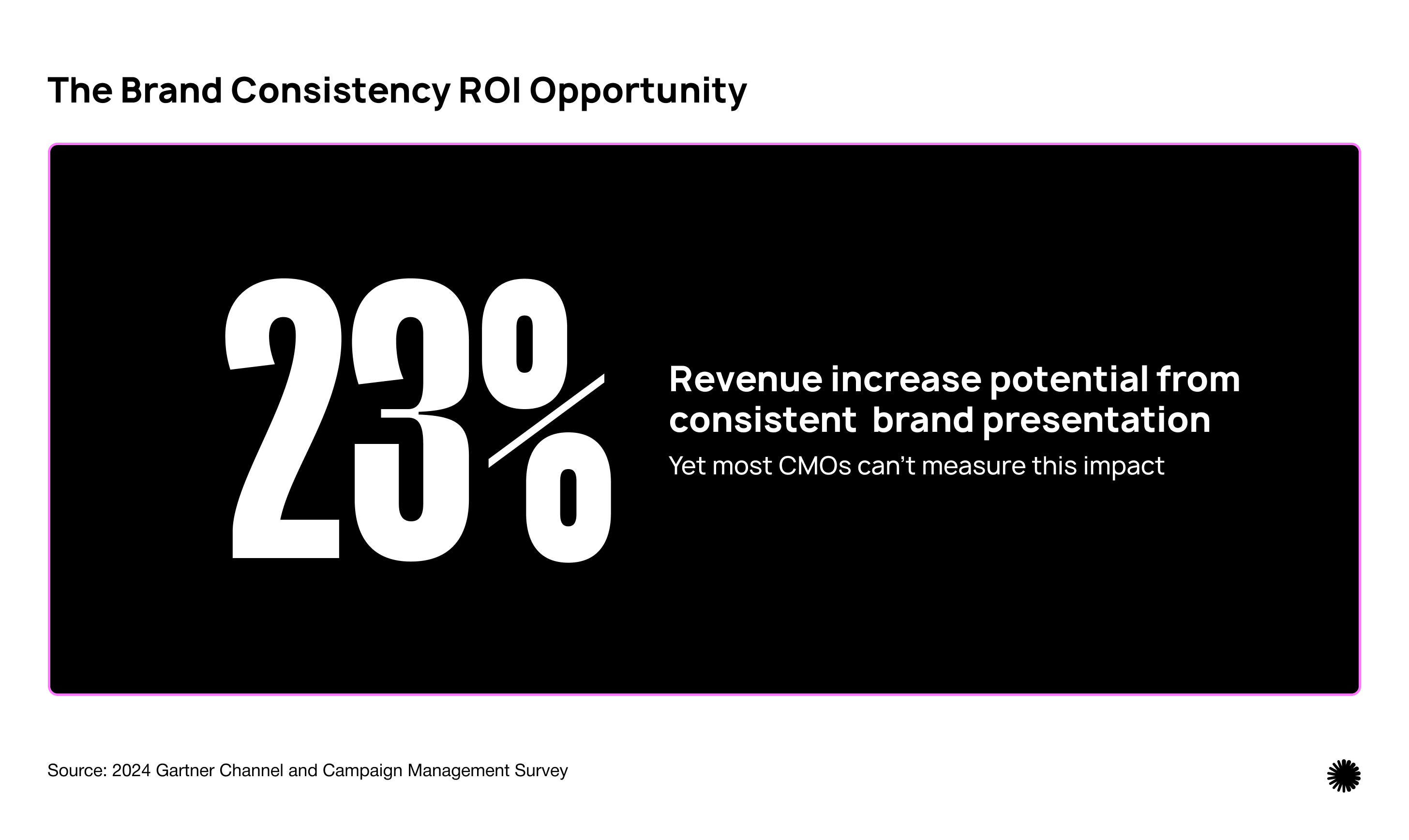
This isn’t because brand consistency lacks real impact. The problem lies in the operational fragmentation of brand execution. In most enterprises, brand is handled by a mix of agencies, in-house teams, freelancers, and platforms, each with varying levels of adherence to guidelines. This fragmentation makes it nearly impossible to measure the full financial upside of consistent branding, turning what should be a performance driver into an invisible asset.
CMOs leading the shift from cost center to profit engine have something in common. They’ve moved beyond brand as a creative asset and into brand as a business system. These leaders have operationalized their brand strategies through intelligent platforms that link guidelines to execution in real time.
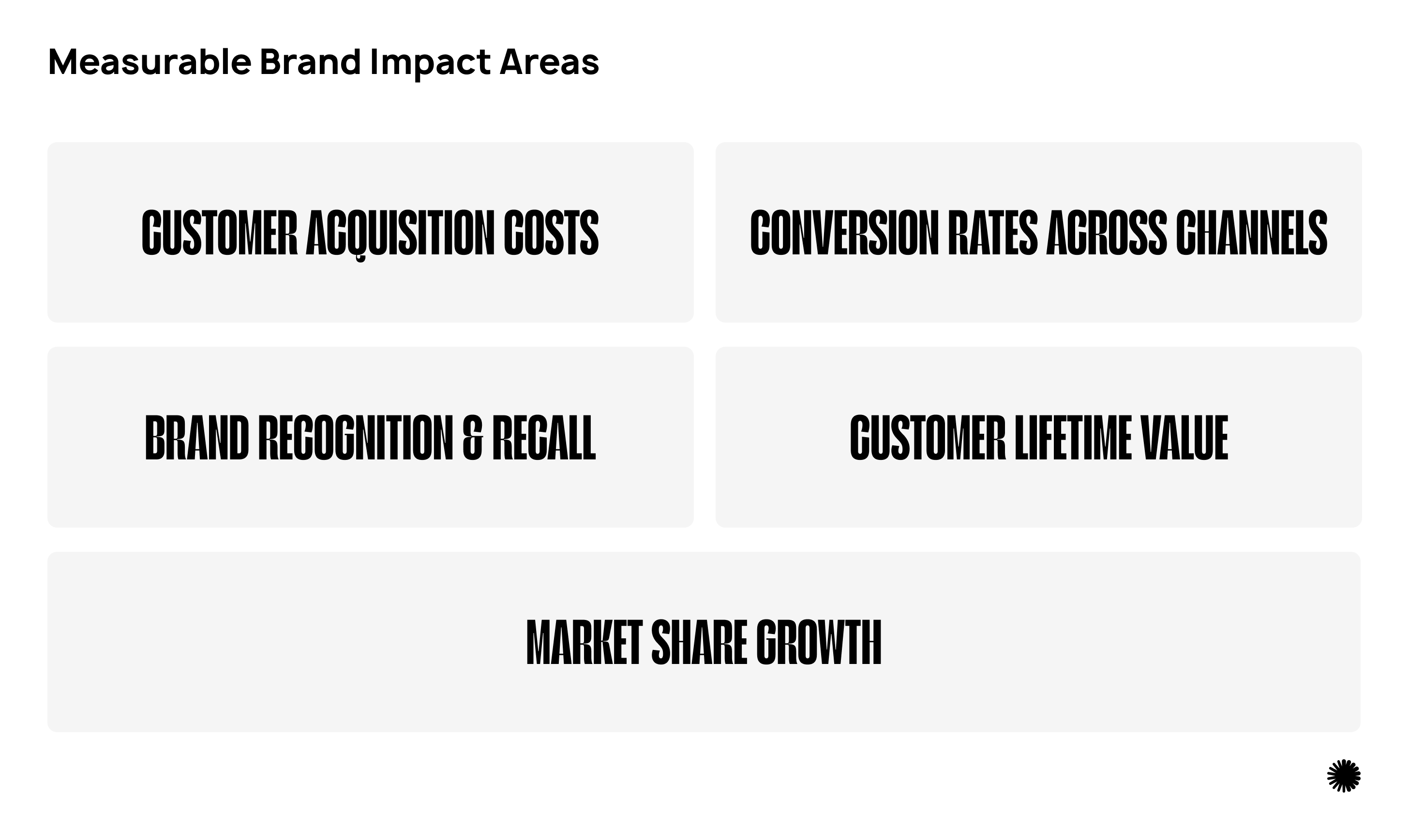
This infrastructure shift allows them to track how specific elements of brand consistency, such as tone of voice, visual identity, and asset usage, affect content performance and downstream KPIs. With Pupila, for example, brand governance becomes measurable, enabling marketing leaders to attribute outcomes to specific brand decisions. That means brand performance is no longer anecdotal. It becomes trackable, reportable, and optimizable.
Gartner data shows that top-performing marketing teams emphasize data fluency, automation, and AI to scale their impact. These are not isolated priorities. They are tightly interdependent. When brand systems are integrated with AI-powered tools, marketing gains both in speed and strategic clarity.
This means brand guidelines stop being static PDFs or buried Figma files. Instead, they actively inform content production workflows, allowing teams to automate repetitive tasks without sacrificing brand quality. The result is faster delivery, richer data, and performance insights built into every asset.
This level of productivity doesn’t just reduce costs. It creates a feedback loop where high-performing brand executions are replicated, underperformers are flagged, and overall marketing ROI improves over time.
Historically, CMOs faced a painful tradeoff. They had to choose between scaling quickly or protecting the brand. Today, that tension is dissolving. The most effective marketing organizations have discovered how to scale production without compromising brand integrity.

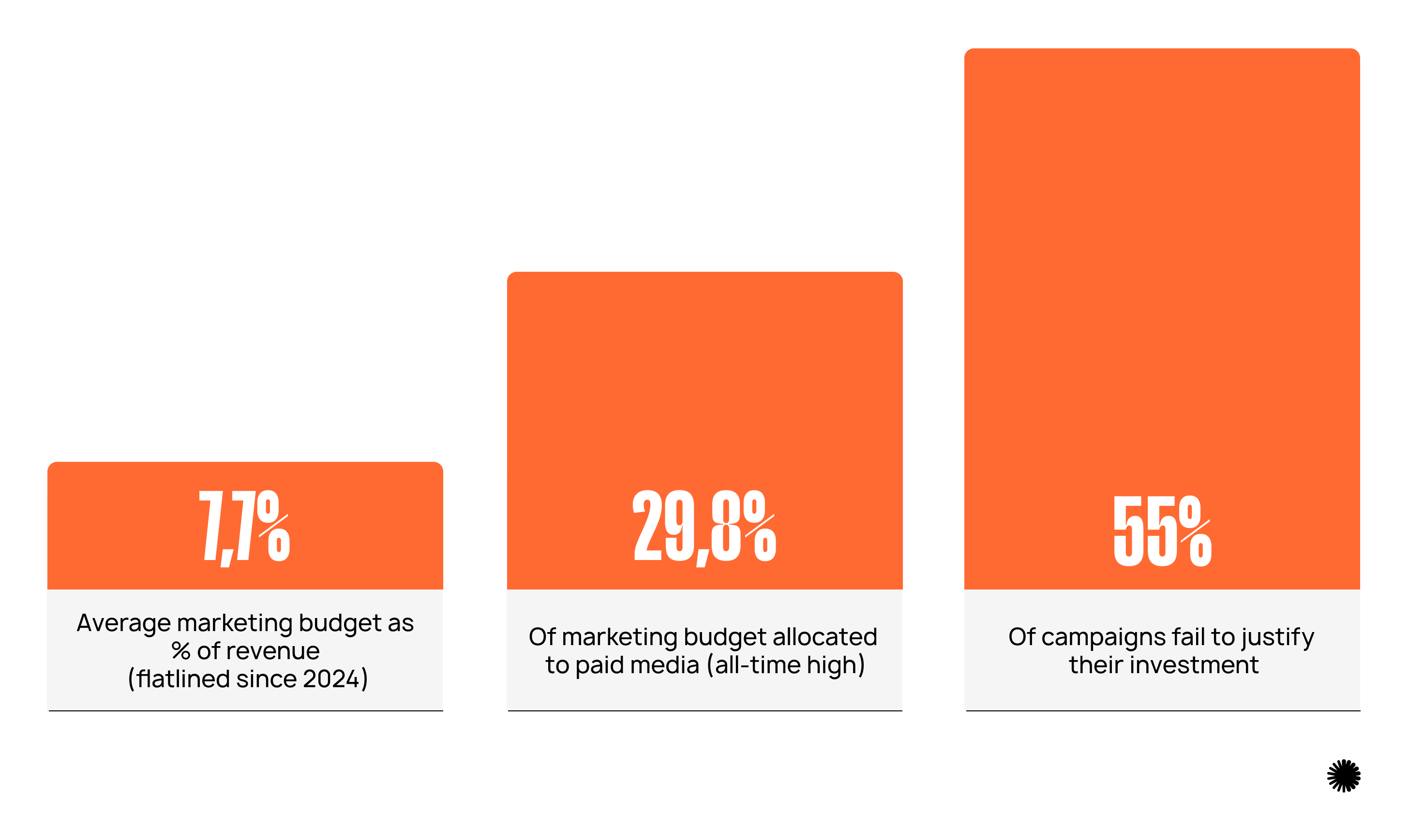
By centralizing brand standards and embedding them into execution tools, these teams achieve operational efficiency and creative excellence simultaneously. They reduce revision cycles, lower agency costs, and accelerate time to market, all while maintaining a brand presence that’s unified across every touchpoint.
This new capability is key to marketing’s elevation inside the enterprise. When CMOs can show that brand governance enables both speed and quality, marketing is no longer a support function. It becomes a strategic growth driver.
The 61% of marketing organizations now seen as profit centers are not just running more efficiently. They’re structurally different. They’ve evolved their operations, platforms, and mindset to align brand strategy with business performance, both on paper and in practice.
This evolution isn’t about tools alone. It requires a new operating model, one where brand systems are treated as business infrastructure. Marketing leaders need platforms that transform guidelines into decision-making intelligence, enabling performance measurement without adding operational drag.
In this new paradigm, marketing is expected to deliver clarity, consistency, and contribution to the bottom line. The organizations that succeed will be those whose brand systems are built not just for governance but for growth.
The real question isn’t whether marketing can be a profit center. It’s whether your brand infrastructure is built to deliver at that level.
Pupila connects brand consistency directly to business outcomes, turning marketing into a measurable engine of growth.
Sources: 2024–2025 Gartner CMO Spend Survey; Brand Consistency Research Studies. Survey data based on responses from 402 CMOs across 8 countries and 10 major industries with median annual revenue of $5.7B.
<
>